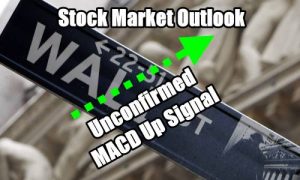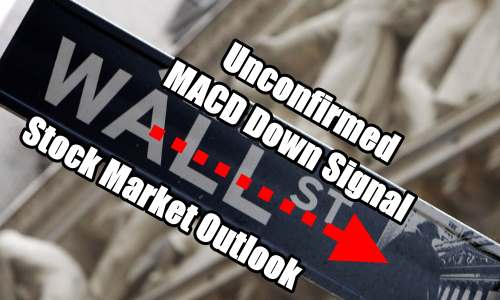
Friday’s bounce back was volatile and erratic. The S&P started the day with an excellent open and within minutes was above 3080. That brought out sellers who pushed back and send the index to 3005 by 11:30. A second rally managed to just reach 3054 by shortly after 12:00 and selling erupted again. This time the index slipped below 3000 falling to just below 2990 by 2:00 PM. Buyers returned and pushed back sellers to move the index back to the 3041 level by the close but it was a poor day for the bulls and despite the gain, it left technical damage as you will see in the chart below from the close on Friday June 12.
Stock Market Outlook Chart Comments At The Close on Fri June 12 2020
The S&P closed below the Upper Bollinger Band again on Friday for the fourth day. It closed right at the 21 day moving average. You can see the technical issues the SPX now faces to start off this week.
The S&P is entering another Bollinger Bands Squeeze which could send the index lower. The bounce on Friday failed to recover much of Thursday’s loss and left behind a bearish candlestick for the start of the week.
The 100 day moving average has still not managed to move above the 200 day moving average which is now a bearish signal.
There are still 3 major up signals in the chart (see below) but only the 21 and 50 day moving average are still climbing. The 200 and 100 are slipping.
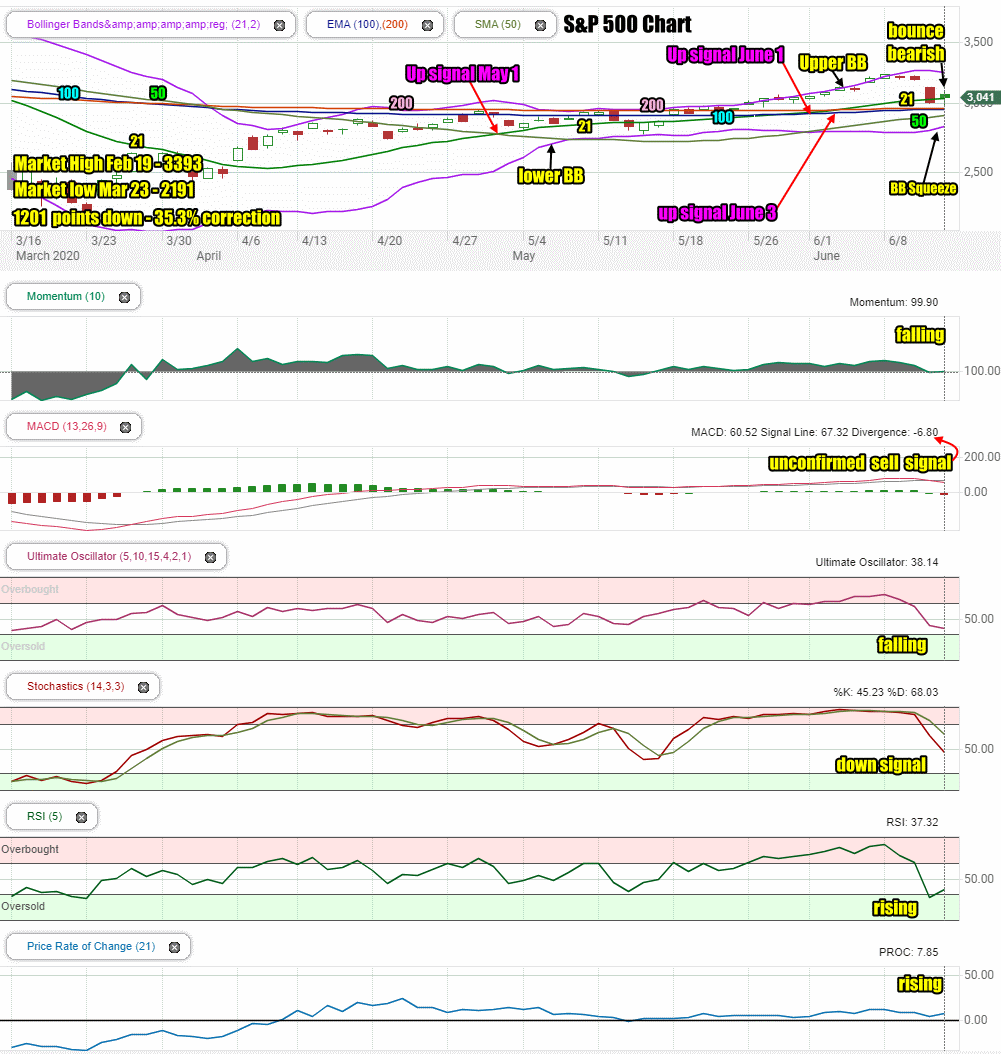
Stock Market Outlook review of Fri Jun 12 2020
Stock Market Outlook: Technical Indicators Review:
Momentum: Momentum is falling and turned negative on Thursday.
- Settings: For momentum I use a 10 period when studying market direction.
MACD Histogram: MACD (Moving Averages Convergence / Divergence) issued an up signal on Tuesday May 19. The up signal was gone on Friday and MACD issued an unconfirmed but strong down signal for Monday.
- Settings: For MACD Histogram, I am using the Fast Points set at 13, Slow Points at 26 and Smoothing at 9.
Ultimate Oscillator: The Ultimate Oscillator is still negative and still falling.
- Settings: The Ultimate Oscillator settings are: Period 1 is 5, Period 2 is 10, Period 3 is 15, Factor 1 is 4, Factor 2 is 2 and Factor 3 is 1. These are not the default settings but are the settings I use with the S&P 500 chart set for 1 to 3 months.
Slow Stochastic: The Slow Stochastic has a strong down signal for Monday.
Settings: For the Slow Stochastic I use the K period of 14 and D period of 3. The Slow Stochastic tries to predict the market direction further out than just one day.
Relative Strength Index: The RSI signal is rising.
- Settings: The relative strength index is set for a period of 5 which gives it 5 days of market movement to monitor. It is often the first indicator to show an overbought or oversold signal.
Rate of Change: The rate of change signal is rising slightly.
- Settings: Rate Of Change is set for a 21 period. This indicator looks back 21 days and compares price action from the past to the present. With the Rate Of Change, prices are rising when signals are positive. Conversely, prices are falling when signals are negative. As an advance rises the Rate Of Change signal should also rise higher, otherwise the rally is suspect. A decline should see the Rate Of Change fall into negative signals. The more negative the signals the stronger the decline.
Support and Resistance Levels To Be Aware Of:
3200 is resistance
3150 is resistance
3050 is support
3000 is support
2975 is light support
2950 is light support
2900 is light support
2860 is light support
2840 is light support
2800 is good support
2725 is light support
2700 is light support and marked a drop of 20.4%.
2675 is light resistant
2650 is light support
2625 is light support
2600 is support
2550 is light support
2500 was good support and marked a correction of 26.3%
2344 is the next level of support and marks a 30.9% correction.
2191 was the market low on March 23
2100 is light support
2000 is good support and marks a drop of 1393 points for a 41% correction. Some analysts still believe the index will fall this low in the second half of 2020.
Stock Market Outlook for Tomorrow – Mon Jun 15 2020
For Monday investors are facing two strong sell signals, one unconfirmed from MACD and another from the Slow Stochastic. As well momentum is negative as is the Ultimate Oscillator. Only the RSI and Rate Of Change indicators are rising. The Bollinger Bands Squeeze to start the week off is also a bearish signal and the fact that the 100 day moving average has been unable to move above the 200 day is also bearish. There are of course some bullish signs but for the start of the week, the bearish signals are dominant.
Monday will end lower and there is a good chance the index will close below 3000. That could set up the index for a test of 2975 and then 2950, the next two support levels in the S&P. Both are light support and are not expected to slow determined selling. Protection is warranted to start the week. We should know by the close on Monday whether the MACD down signal is confirmed.
Stock Market Outlook Archives

Morning Investing Strategy Notes for Fri Apr 4 2025

Stock Market Outlook for Fri Apr 4 2025 – All About The March Jobs Numbers

Morning Investing Strategy Notes for Thu Apr 3 2025

Stock Market Outlook for Thu Apr 3 2025 – Bearish Following Higher Than Expected Tariffs

Morning Investing Strategy Notes for Wed Apr 2 2025
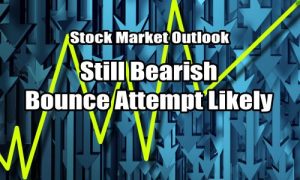
Stock Market Outlook for Wed Apr 2 2025 – Tariffs Day – Still Bearish – Bounce Attempt Likely

Morning Investing Strategy Notes for Tue Apr 1 2025

Stock Market Outlook for Tue Apr 1 2025 – Nice Bounce But Still Bearish

Morning Investing Strategy Notes for Mon Mar 31 2025

Stock Market Outlook for Mon Mar 31 2025 – Bounce Attempt Likely But Still Bearish

Morning Investing Strategy Notes for Fri Mar 28 2025

Stock Market Outlook for Fri Mar 28 2025 – Weakness Into The Weekend

Morning Investing Strategy Notes for Thu Mar 27 2025
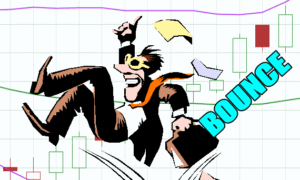
Stock Market Outlook for Thu Mar 27 2025 – Bounce Attempt

Morning Investing Strategy Notes for Wed Mar 26 2025
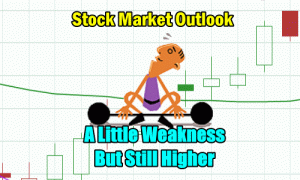
Stock Market Outlook for Wed Mar 26 2025 – A Little Weakness But Still Higher

Morning Investing Strategy Notes for Tue Mar 25 2025
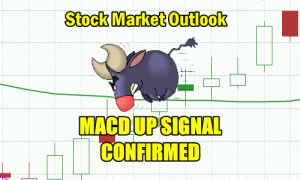
Stock Market Outlook for Tue Mar 25 2025 – MACD Up Signal Confirmed

Morning Investing Strategy Notes for Mon Mar 24 2025
